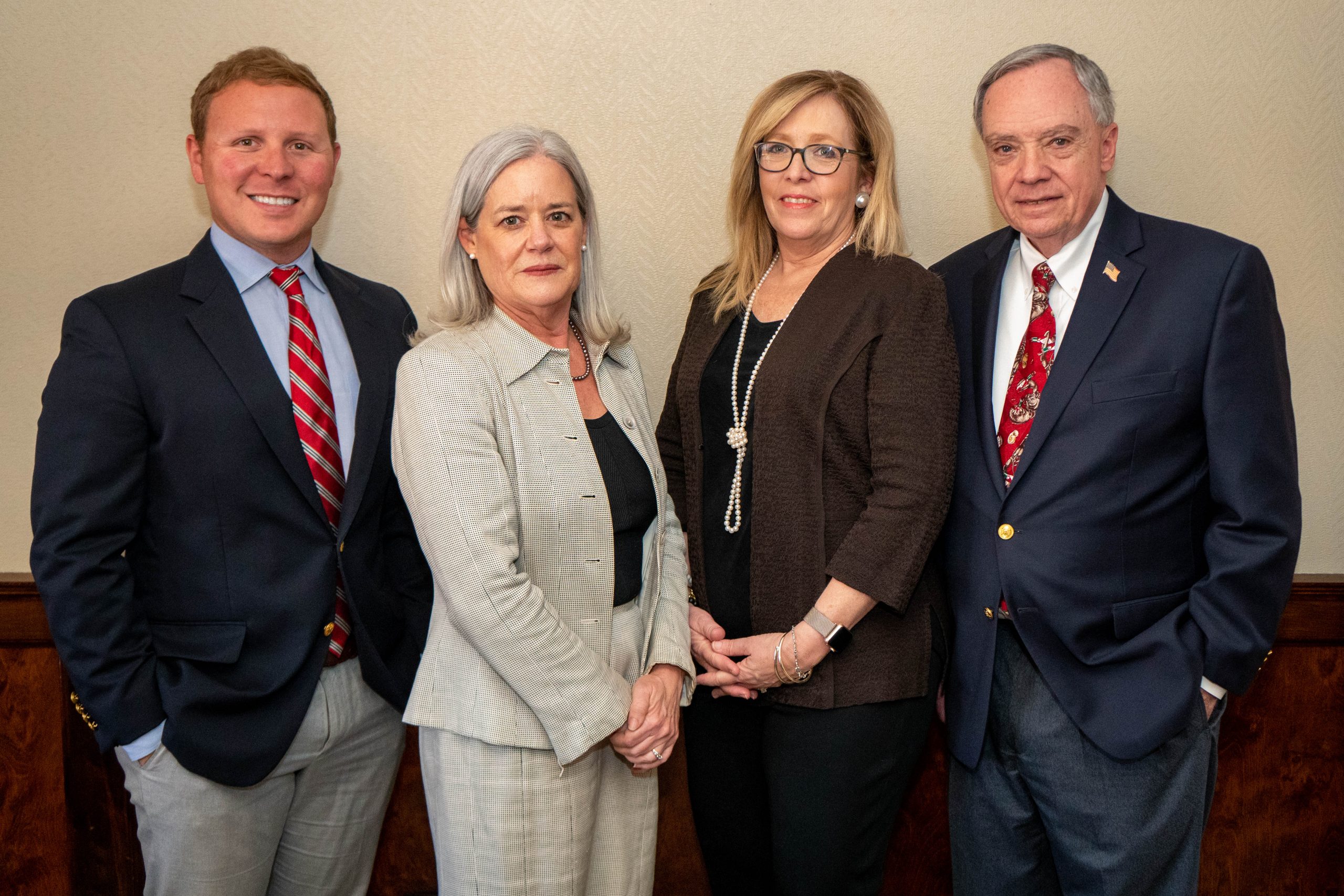
Doing Something Right
April 1, 2021
Legal Leaders| Waitz & Downer
April 1, 2021By Ray Peters
Initially published in 1998, leadership expert John Maxwell wrote the book entitled, The 21 Irrefutable Laws of Leadership to guide leaders in honing their leadership skills. Every week, my MBA students are required to identify and read a current article with a leadership focus, write a summary and then attach one or more of the 21 Laws to the article. It could be either in a positive or negative perspective. Generally speaking, I am impressed with the pieces they select, and they do a good job connecting the leadership dots.
The “Laws” run the gambit of leadership application, including The Law of Influence, The Law of Process, The Law of Empowerment, the Law of Priorities, to name a few.
Of the 21 laws, the most important (to me) is Law #13, The Law of the Picture. It is based on the premise that “people do what people see.” According to Maxwell, “When the leaders show the way with the right actions, their followers copy them and succeed.”
Contemplate exactly how this notion can be broadly applied. It deals with honesty, integrity, ethical behavior, character, trustworthiness, compassion, employee treatment, commitment, kindness, openness, etc. What a leader does, the actions and behaviors her/she demonstrates speaks volumes to the people they lead.
Think about it. Witness a leader arriving to work in the mornings. Does he arrive cheerfully and projecting a positive attitude? Or, does he drag into the office, head down, not acknowledging the people around him? What message are his actions sending to other employees? Would that make you want to come to work?
Even though the organization has a purchasing policy prohibiting employees from accepting gifts and gratuities from vendors, a leader accepts a fishing trip or an expensive bottle of wine. He or she is telling employees that it is perfectly okay to receive gifts and gratuities. His or her actions speak volumes to employees.
What about a leader that disrespectfully speaks to a subordinate, especially in front of other employees. When a subordinate leader is treated discourteously by his/her leader, is that an invitation to treat their employees equally disrespectfully?
This last example can have even more negative implications. What about a leader that sees but ignores safety-related incidents? Is he telling employees that it is okay to bypass safety protocols? Such action or lack thereof could result in a severe injury or even a fatality.
Followers are always watching what leaders do, how they act, how they treat others. It is the role of a leader to create a culture for success. Nothing is more convincing than setting the example for others to follow. After all, people typically believe what they witness.
Borrowing from Mahatma Gandhi, as a leader, paint the picture that you want others to see.
Nicholls State University continues recruiting for its next Executive MBA cohort. Reach out to me if you would like more information on this great program.
Ray Peters is MBA Director & Leadership Instructor at Nicholls State University. He can be reached at ray.peters@nicholls.edu. •







